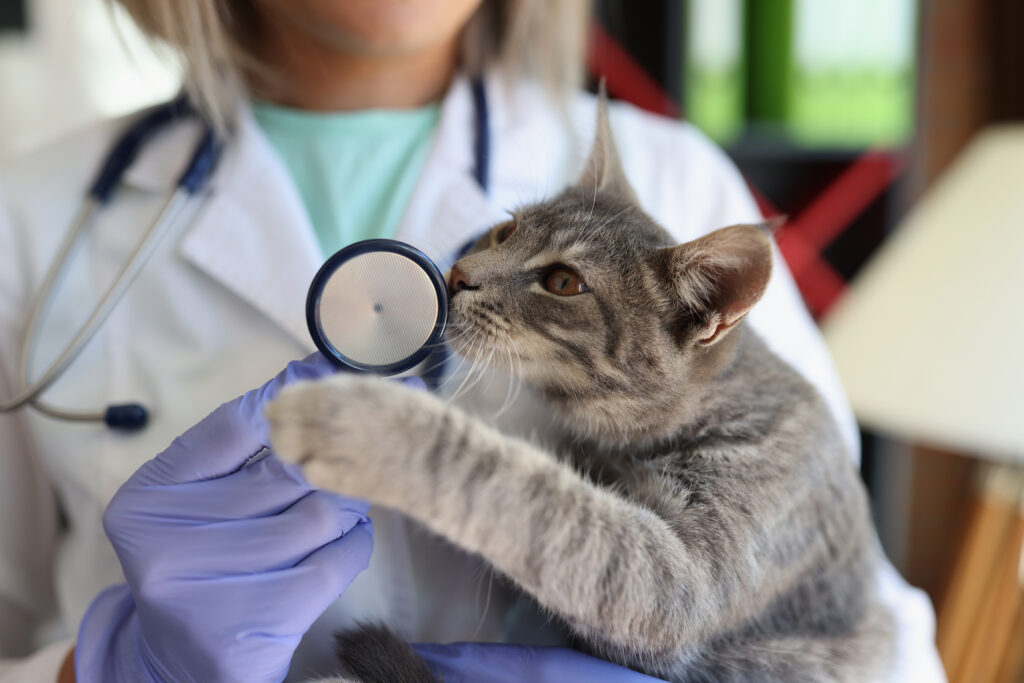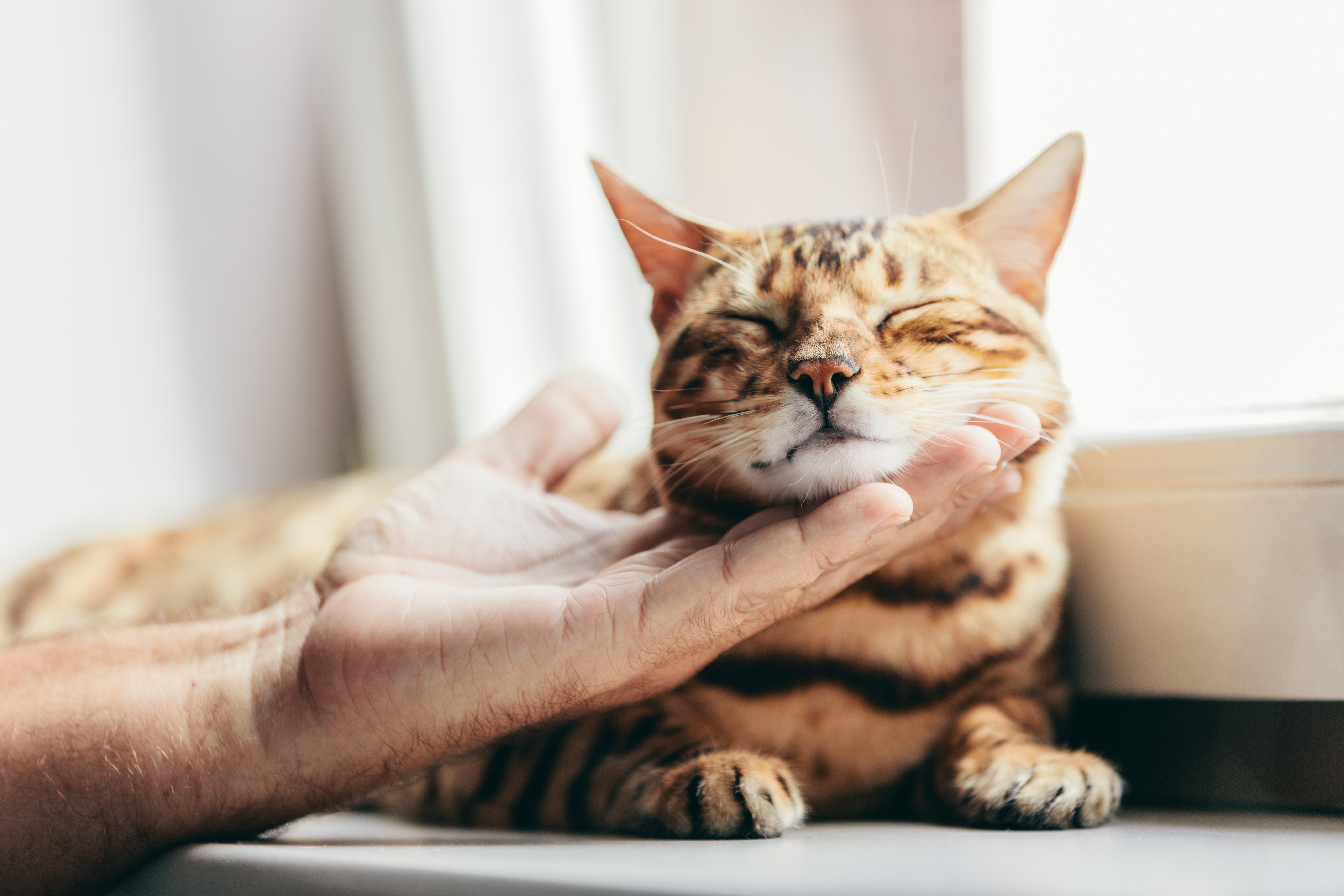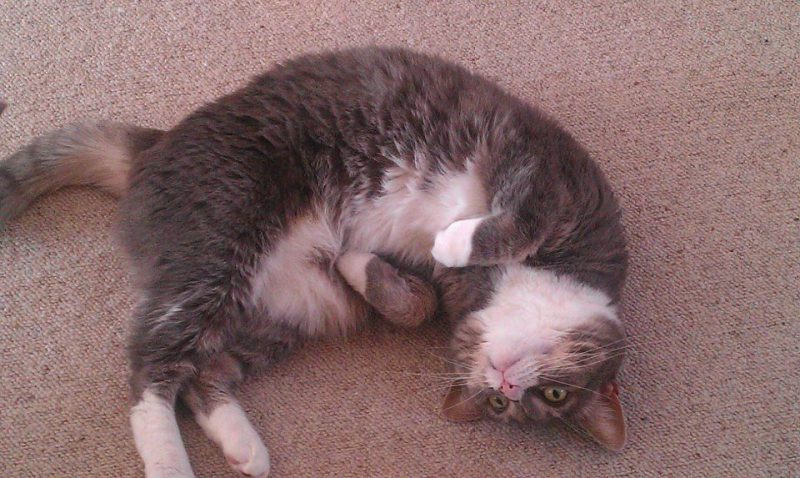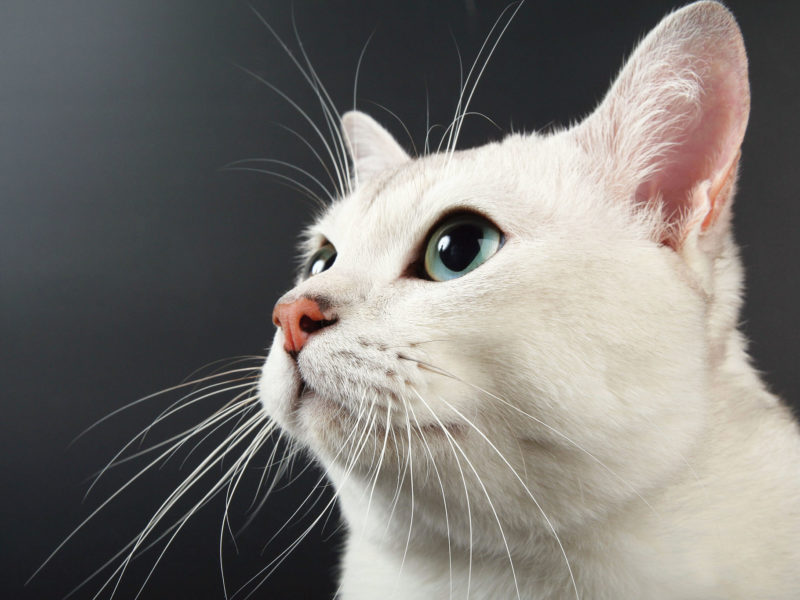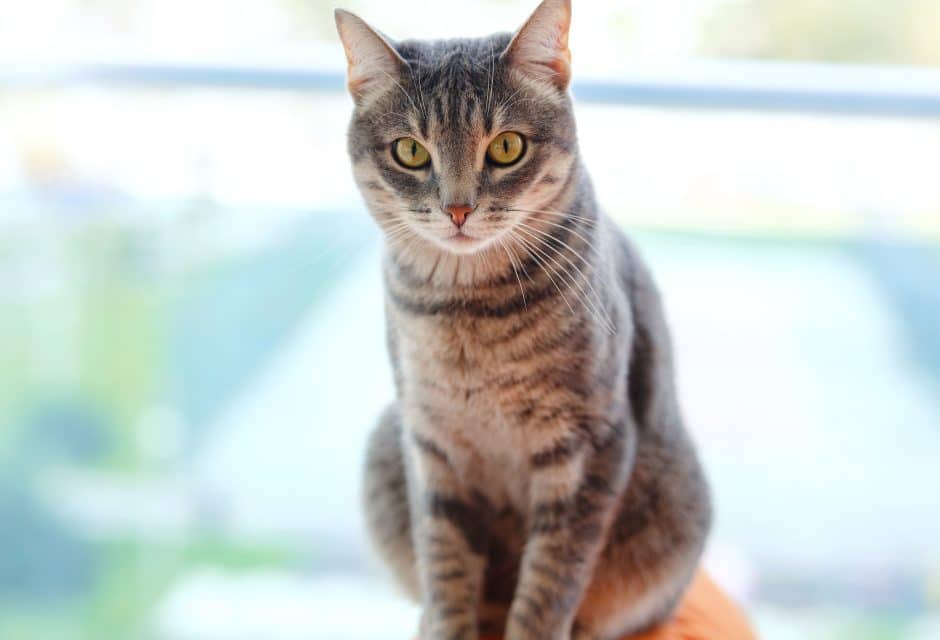
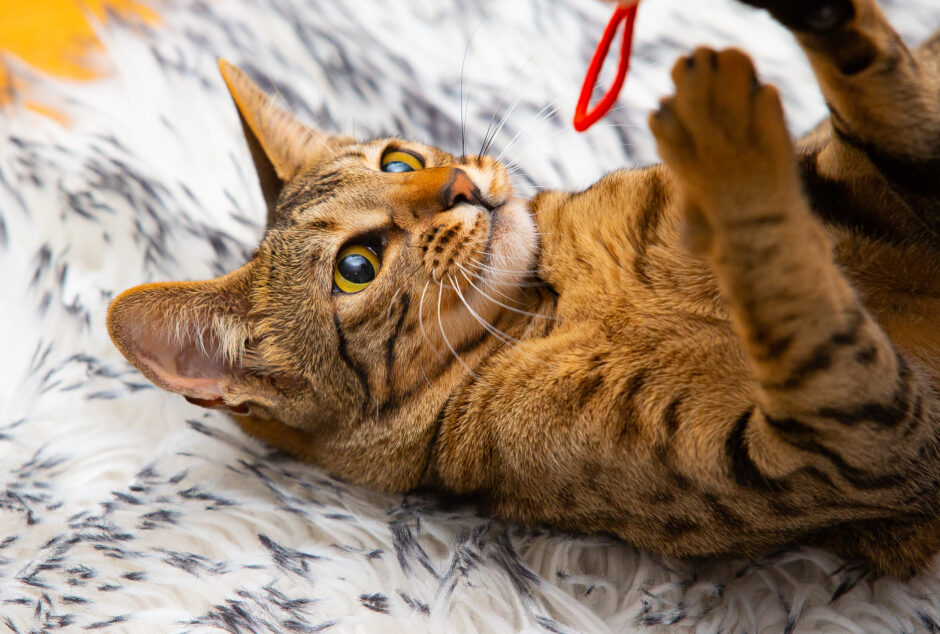
Help Your Cat Live a Happy, Healthy Life
Cat life at its best! You want the cats in your life to live long, happy, and healthy lives. While there are some factors out of your control, there are a few things you can do to help ensure your cats are living their best lives. Here are a few reminders, because sometimes a couple of aspects of cat care can accidentally get overlooked.
Don’t Skip Veterinary Visits
Dogs get seen by the veterinarian more often than cats do. For many cat parents, it’s too stressful to wrangle the cat into the carrier and take the trip to the clinic. For other cat parents, the need to have the cat checked out is based on whether he looks or acts sick. Keep in mind that cats are great at hiding signs of pain or illness. Even if your cat looks healthy, go for a yearly wellness check. Older cats should be seen more often.
Maintain a Good Nutritional Program
There are many options when it comes to what to feed your cat. Whether you feed a commercial diet, raw, or homecooked, work with your veterinarian to ensure your cat is getting the proper amount of nutrients and the correct portion of food to maintain good health and weight. In addition to feeding the appropriate food, make sure the mealtime set-up provides security. Feed-in a quiet area, and if you have a multi-cat household, make sure cats have their own individual bowls.
Create a Cat-Friendly Litter Box Set-up
Keep your litter box set-up simple, convenient and clean. Provide the right sized box and make sure your cat can get in and out comfortably. Use an unscented, soft litter in the right amount so it adequately covers the waste. Scoop the box at least twice daily and completely wash the box frequently. In a multi-cat household, scatter litter boxes throughout the home to reduce resource guarding or territorial squabbles, and make sure you have plenty of boxes. The rule of thumb is the same number of boxes as cats plus one extra for the house.
Have More Fun
Daily playtime is a great exercise for your cat and it’s also beneficial for his brain. Engage in at least two interactive play sessions using a wand-type toy to encourage your cat to stay active and to help build confidence. Solo play is important too, so provide fun toys for your cat to hunt and capture. Be creative in solo toy placement to spark interest. Place a toy in an open paper bag or set up a food-dispensing toy to surprise your cat with some unexpected fun.
Increase Vertical Territory
Cats love to climb and they often feel safest in elevated locations. Increase the size of your cat’s territory by adding vertical space. There are many options available to fit your budget and environment. Cat trees, window perches, cat shelves, cat stairways, and walkways can make wonderful options for your cat’s climbing, playing or napping pleasure.
Strengthen the Bond Your Share
You didn’t bring a cat into your life just to have him hide under the bed all the time. If you and your cat don’t have the best relationship right now, it’s time to work on that. Is your cat stressed? Do your homework to determine the cause. Don’t force your cat to interact with you but create an environment where he feels comfortable taking baby steps toward engagement.
Maybe you need to be more consistent in your playtime schedule or perhaps you need to improve your skill at reading your cat’s body language. If you’ve punished your cat for an unwanted behavior, a little patience and a change in technique are needed to rebuild trust, since your cat may have become fearful. Whatever may have caused your relationship to change, figure out what you can do to repair it. Understand the motive of driving behavior so you can provide what your cat needs.
Don’t Ignore Red Flags
A change in appetite, litter box habits, appearance, or behavior could be a red flag indicating a potential medical issue. Cats are creatures of habit so if you notice your normally active cat is sleeping more or his appetite has changed, or anything else that isn’t typical for him, it’s time for a veterinarian visit.
Be Gradual When Introducing Change
Whether you’re bringing an additional cat into the home, doing a renovation, setting up a nursery for a new baby, switching brands of food, or trying out a new type of litter, remember cats don’t do well with abrupt change. Introduce new things in your cat’s life as gradually as possible. Keep the process low-key, positive, and pay attention to how your cat reacts during each step. Cats take comfort in familiarity and routine. Although there are bound to be changed in your life that affects your cat, the more you ease him through it gently, the better off it’ll be for everyone.
Tweak and Adjust
What may have worked for your cat while he is young and active, may not work in later years. For example, the litter box set-up may be perfect for a healthy, mobile cat but if he develops arthritis with age or has mobility problems, you’ll have to create a set-up that’s easier to navigate. Pay attention as your cat ages to what modifications may need to be made so he can still enjoy his environment fully.
Pam Johnson-Bennett
Certified Cat Behavior Consultant & Best-Selling Author
Pam Johnson-Bennett is a certified cat behavior consultant and best-selling author of 8 books on cat behavior. She starred in the Animal Planet series Psycho Kitty, seen in Canada and the UK. She was a vice president of the International Association of Animal Behavior Consultants and founded their cat division. She has served on an advisory board for the American Humane Association as well as other animal welfare organizations.
Pam is considered a pioneer in the field of cat behavior consulting, having started her career in 1982. Some of her books have been used as textbooks for behavior courses and she has influenced many practicing in the field today. Her book, Think Like a Cat, has been referred to as the cat bible.
Pam owns Cat Behavior Associates, located in Tennessee. She lives with her husband, two children, a rescued cat, and a rescued dog.
Join the newsletter and never miss out on cat content again!
"*" indicates required fields
By clicking the arrow, you agree to our web Terms of Use and Privacy & Cookie Policy. Easy unsubscribe links are provided in every email.





